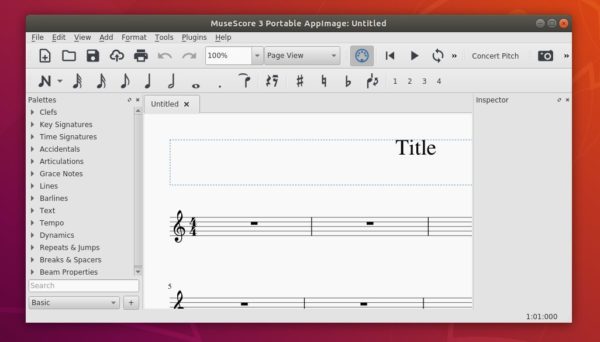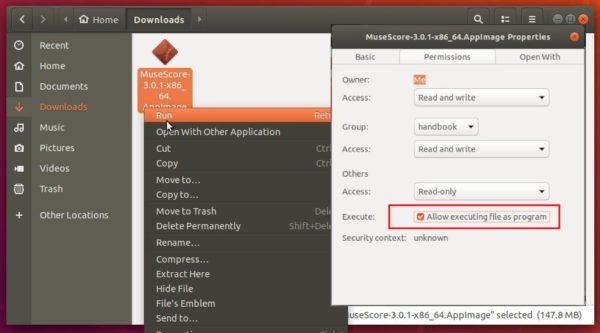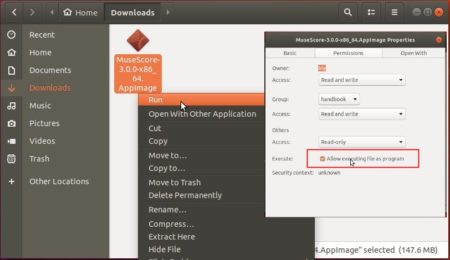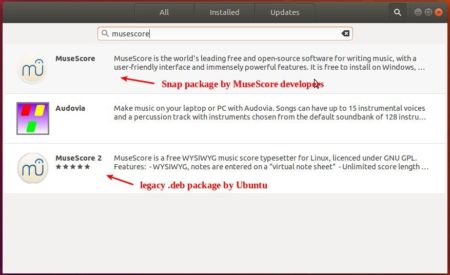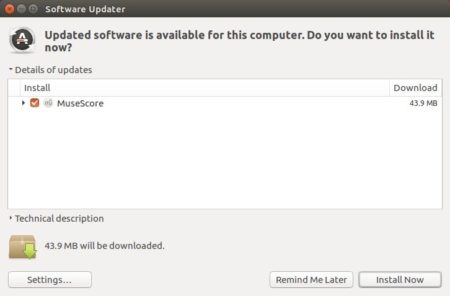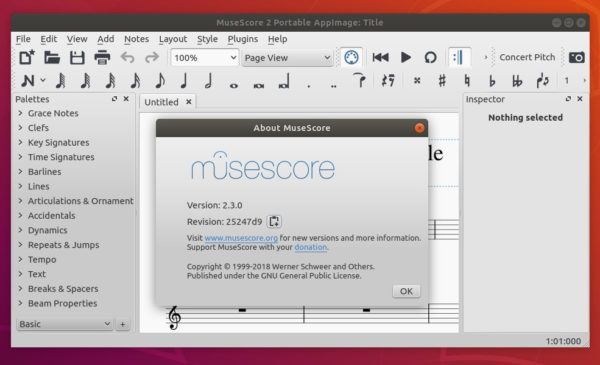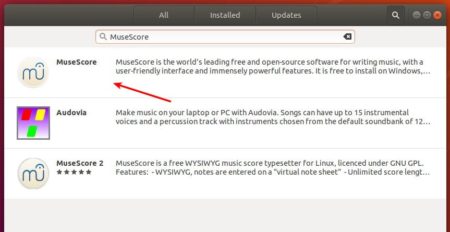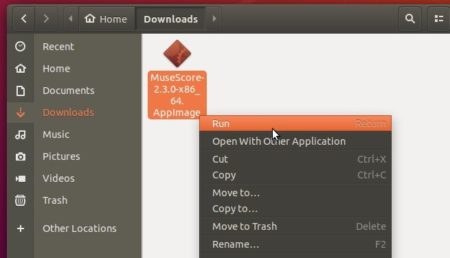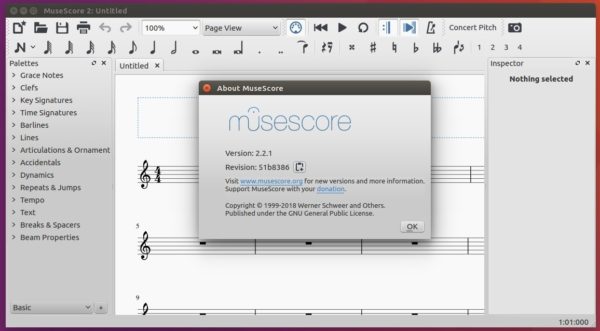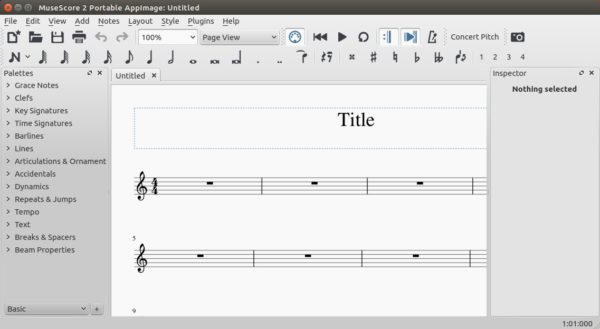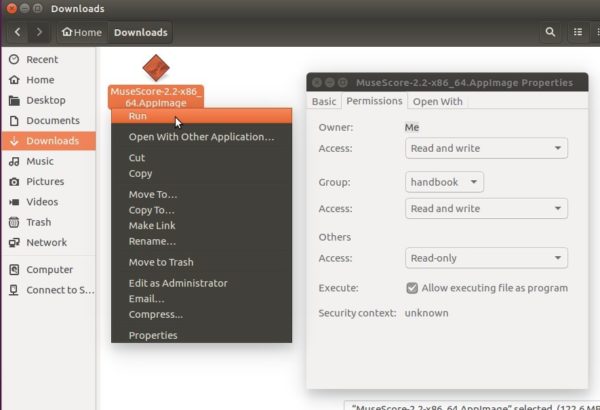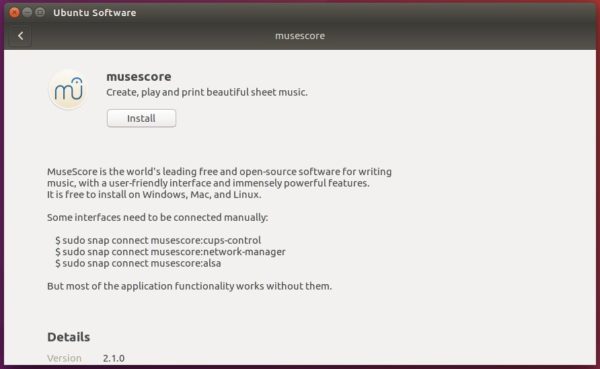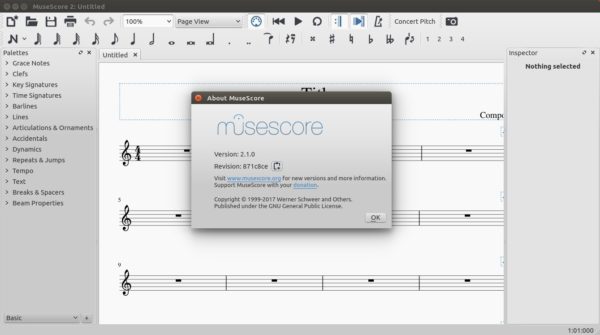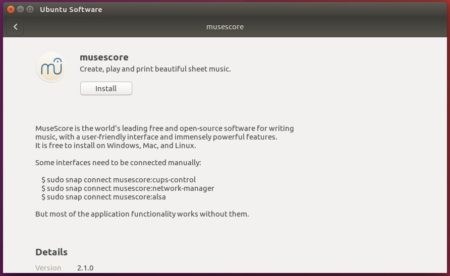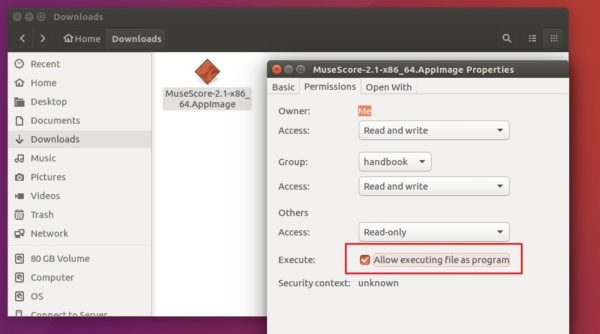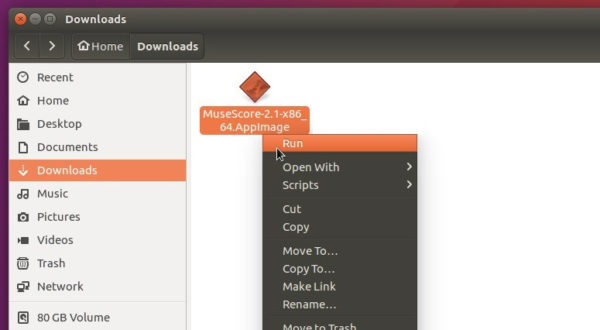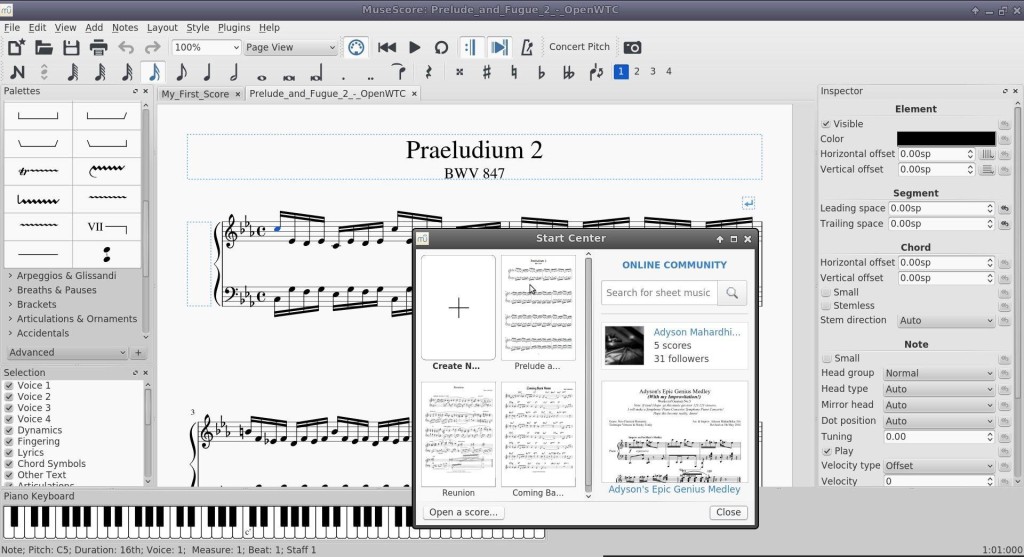![]()
Free Scorewriter MuseScore released version 3.0.1 yesterday with some improvements and numerous bug-fixes.
MuseScore 3.0.1 redesigned New Score Wizard for easy searching templates, better score previews, and accessibility improvements for blind users. The new release also features better import of 2.X scores, better automatic placement of hairpins and dynamics, and reworked Mixer UI.
There are also dozens of issues fixed in the release, including:
- Properties were not saved properly in a number of cases
- Layout was broken after operations with measure rests and tuplets
- Time signatures appeared incorrectly in some cases and might lead to crash
- Using the implode tool on notes connected with slurs led to crashes
- Editing a barline was applied incorrectly
- Context menu on instrument names didn’t appear
- Pages with landscape orientation were cropped when printing
- Playback went crazy on saving
- Tempo was applied incorrectly in certain cases involving fermatas
- Slurs were lost or detached in some cases
- Autoplacement couldn’t be switched off for stems and arpeggio
How to Install MuseScore 3 in Ubuntu:
MuseScore is available via Snap (available in Ubuntu Software), Ubuntu PPA, and Gnome Flatpak.
As there are not updated to MuseScore 3.0.1 at the moment, you may download the Appimage (single executable package), and run the file to launch the software.



